Katowice. 2024-04-17
Geographic coordinates: 50.257N 19.057E. Elevation 262 m.
Katowice Zawodzie is a district of the city of Katowice, which is located in the Silesian Voivodeship. The Zawodzie district is located east of the city center. The district has been operating since January 1, 1992, has an area of 4 km2, and the elevation is 260-290 m. The population of the district is 12,297 inhabitants. Zawodzie lies on the Rawa River. Geographic Zawodzie lies on the Katowice Upland, which is part of the Silesian Upland. These areas are rich in hard coal deposits.
The Zawodzie settlement was established at the end of the 17th century. Water mills were built on the Rawa River. The settlement was incorporated into Katowice on October 15, 1925. Zawodzie developed as an industrial settlement. The steel industry developed here and such steelworks as “Kunegunda” and “Ferrum” operated. Such plants as the “Helios” Light Bulb Factory and the Silesian Porcelana factory operated here. Higher education developed strongly in the district and a University of Economics was established. In 1783, the first primary school was built.
The name comes from the term “Zawodzie” – beyond the water, beyond the Rawa River. Initially, the settlement was a typical street settlement. The development developed along today’s 1 Maja Street. It was an important road connecting Katowice and Mysłowice. Tenement houses were built for workers. In the 1930s, the Catholic Church of Divine Providence was built. A network of dirt streets quickly developed, which were systematically paved. Currently, several national roads run through Zawodzie: DK 79, DK 86, S 86.
Katowice Zawodzie railway station.
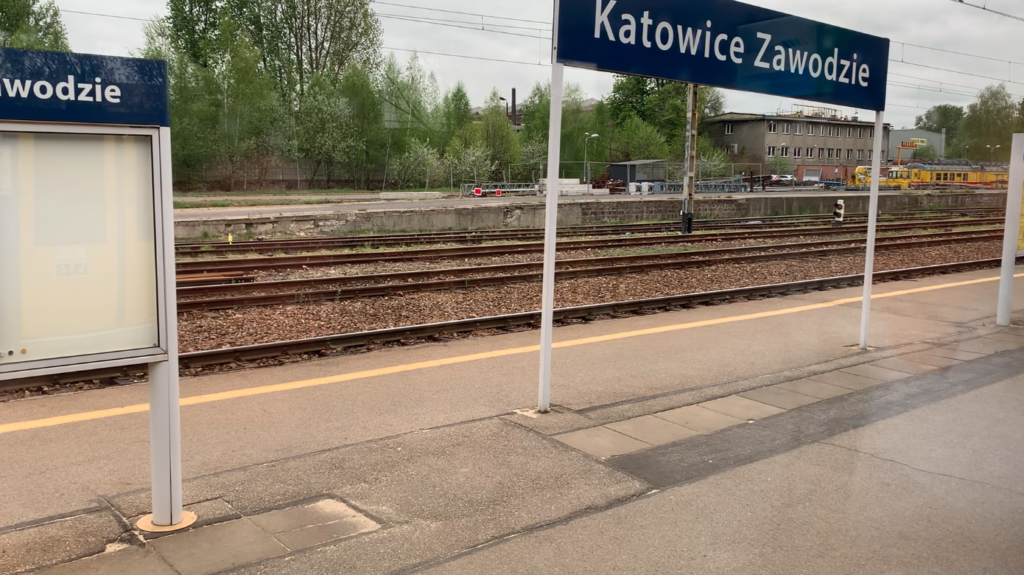
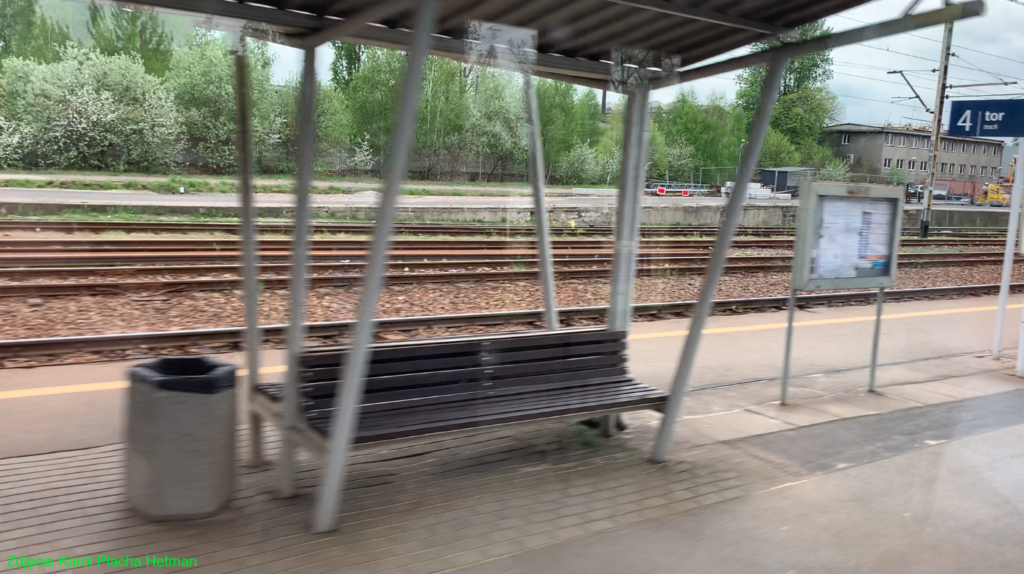
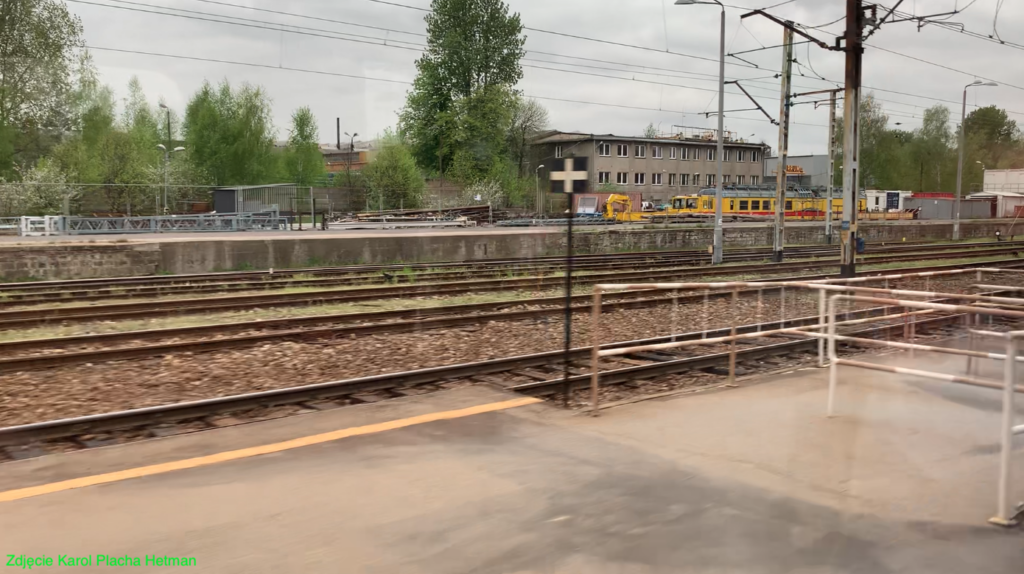
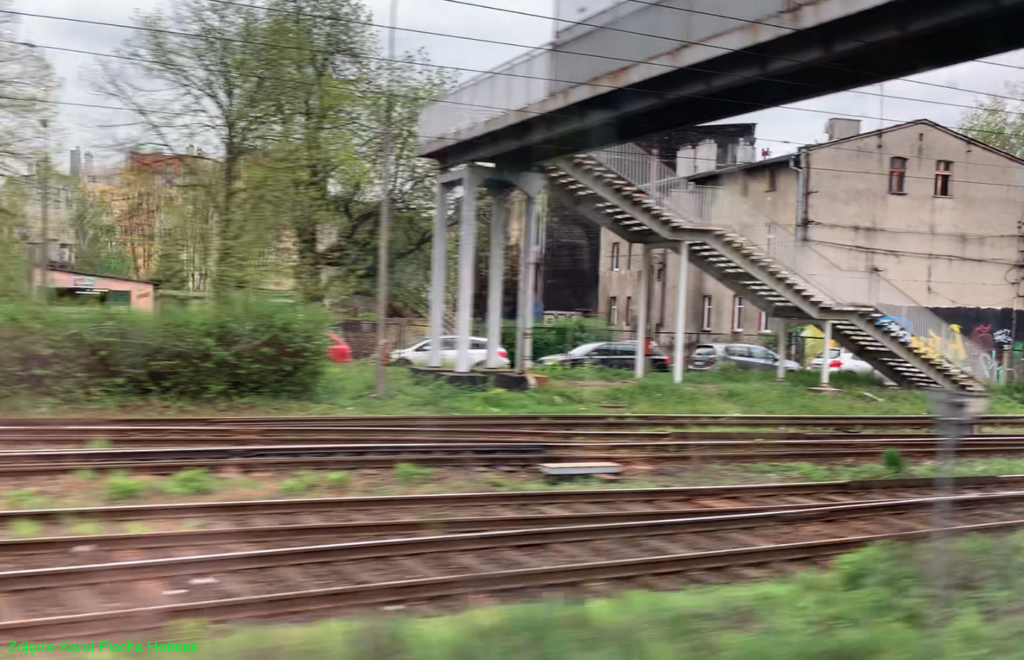
Katowice Zawodzie railway station is located on railway lines No. 1 and No. 138. Katowice Zawodzie railway station has had its current name since 1996. First, it was called Bogucice (1922-1925), Katowice Bogucice (1926-1996).
On October 3, 1846, a railway was brought to Zawodzie, built by the Upper Silesian Railways Association. Katowice Zawodzie station was established in 1861, when a siding to the “Kunegunda” zinc smelter was built. The “Kunegunda” smelter was founded in 1840. In 1871, a factory of steam boilers and iron products was launched, later “Elewator”. In 1874, an iron foundry was launched, later “Ferrum” smelter. Railway sidings were built to all of these plants. In 1899, the first hotel was opened in Zawodzie. Also in 1899, the Katowice and Zawodzie tram lines were connected.
A number of companies from various industries were also established in the interwar period. In 1921, the Giesche Porcelain Factory (later “Bogucice”) was established, in 1927, the Katowice Mining Machine Factory “Katomasz” (since 1938 “Montana”) was established, and in 1931, the Silesian Incandescent Lamp Factory “Helios” was established. During the Great Depression, in 1932, 86 poorshafts operated in the Zawodzie area, where hard coal was illegally extracted. There were fights between the unemployed and the police, in which several miners were killed.
During World War II, this area was incorporated into the raj. After the Germans occupied Katowice in 1939, the new occupation authorities restored the official names of the town from 1922. Persecutions of the Polish population, especially the Catholics, began. There were numerous arrests and public executions. On the premises of factories, the Germans opened labor camps. On January 26-27, 1945, fighting took place in Zawodzie between the Germanic army and the Muscovites.
After the Second World War, heavy industry was once again developed in Zawodzie, housing estates, cultural institutions and shops were built. New streets were marked out and old roads were rebuilt. Currently (2024), Zawodzie is one of the districts whose population is growing. Although the largest population was here in 1988 – 15,661 people.
The Katowice Zawodzie railway station consists of two parts: eastern and western. The eastern part is located at Hutnicza Street and has a passenger and freight section. The passenger section consists of two island platforms. Access to the platforms is at the level of the tracks. However, there is also an underground passage nearby. There is no ticket office. The station has main tracks and parking tracks. The tracks are electrified. Railway traffic is controlled by traffic lights.
The second track on the Katowice – Mysłowice line was added in 1856. On 24 August 1859, the Upper Silesian Railway Company built a section of the line (connector) towards Sosnowiec, connecting the city via Zawodzie with Katowice. The second track on this connector was built in 1915. Electrification of line No. 1 took place on 1 June 1957, and line No. 138 to Mysłowice on 14 May 1959.
On 1 November 1861, a railway siding was opened connecting Zawodzie with Dąbrówka Mała; Katowice Zawodzie – Katowice Dąbrówka Mała, i.e. in the north-eastern direction, before the Right Bank of the Oder Railway was built. The route to Dąbrówka had a separate platform. This line ran parallel to the contemporary streets: P. Chromika, Braci Stawowych and between the Sewage Treatment Plant Gigablok and the industrial and service areas north of the plant. Passenger traffic on the line was carried out until 1 April 1968, and in 1976 freight traffic was closed. Later, the railway track that crossed 1 Maja Street near the intersection with K. Marcinkowskiego Street was dismantled.
From Zawodzie there was also a siding towards Janów and Murceki; Katowice Zawodzie – Katowice Murcki. It was opened on 17 June 1900. Only freight traffic operated on the line. In 2012, the section in Zawodzie was dismantled.
There were also narrow-gauge railway lines in Zawodzie, mainly the Upper Silesian Narrow-Gauge Railways. These railways were used to transport raw materials and semi-finished products between factories. There was a narrow-gauge line between the “Ferrum” steelworks and the “Kunegunda” steelworks.
In 2024, passenger trains of Koleje Śląskie, Koleje Małopolskie and PolRegio will stop at the Katowice Zawodzie station. Passenger and freight traffic runs through the station. Katowice Zawodzie station serves 3 sidings; Montokwas, Huta Ferrum, KWK Wieczorek. Traffic is managed here by two signal boxes: KZ, which has centralized mechanical devices (turnouts with electric drives) and KZ1 (electric slide devices). Due to the large share of train runs without stopping, an automatic run system operates here on semaphores in the main tracks. In 2017, the station served up to 300 passengers per day, and in 2022, up to 600 people per day.
The second part of Katowice Zawodzie station was the freight station and locomotive shed, which is located on the western station level. Currently, the designated area is a plant; PKP Intercity S. A. Southern Plant. Transport and Repair Section. Katowice – Zawodzie Branch. Address: Aleja Murckowska 1-6, 40-265 Katowice. The plant occupies 3.5 hectares and covered facilities with an area of 35,007 m2. The plant has 4 workshop tracks and 20 parking and maintenance tracks. At night, EZT Pendolino and EZT ED160 stand here, which set off on the routes in the early morning hours. To the west of the plant there is a footbridge over the tracks for general use.
Written by Karol Placha Hetman
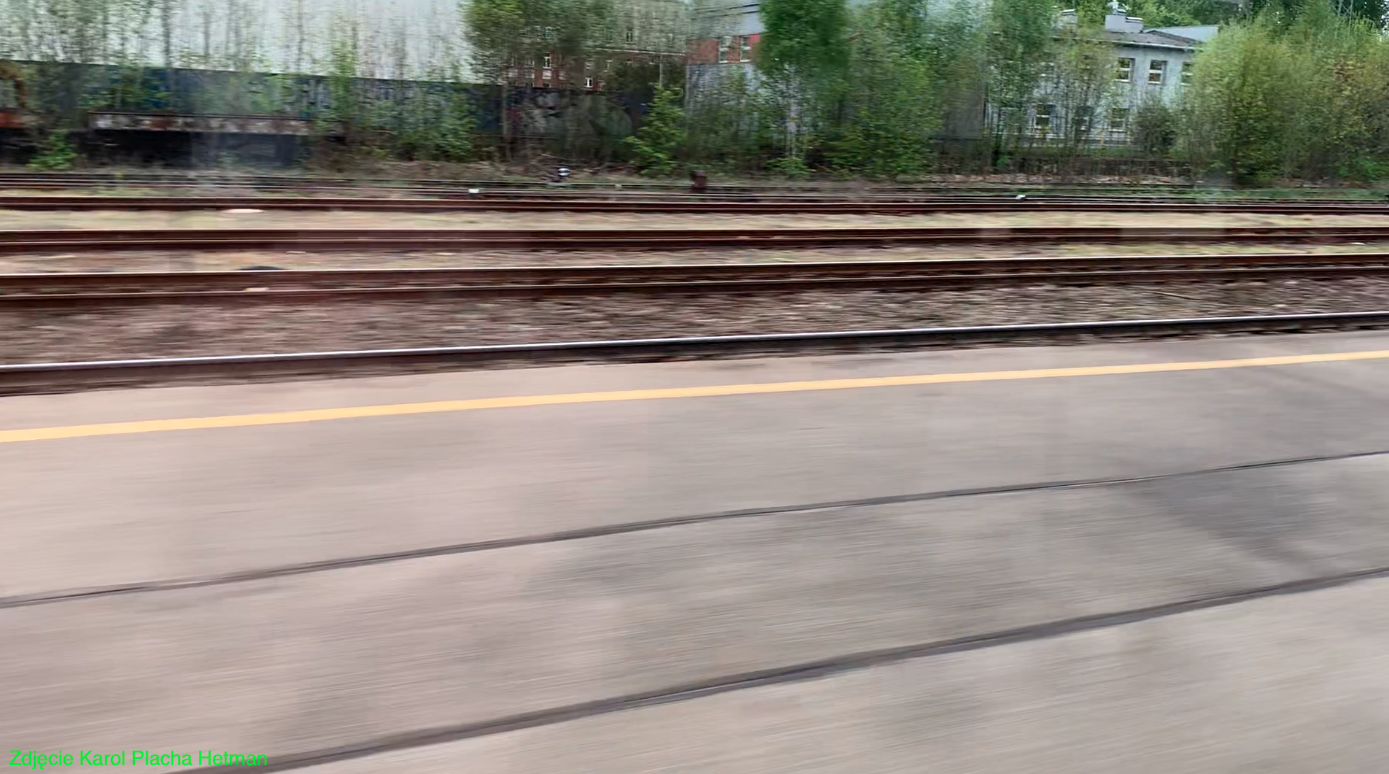
Leave a Reply
You must be logged in to post a comment.